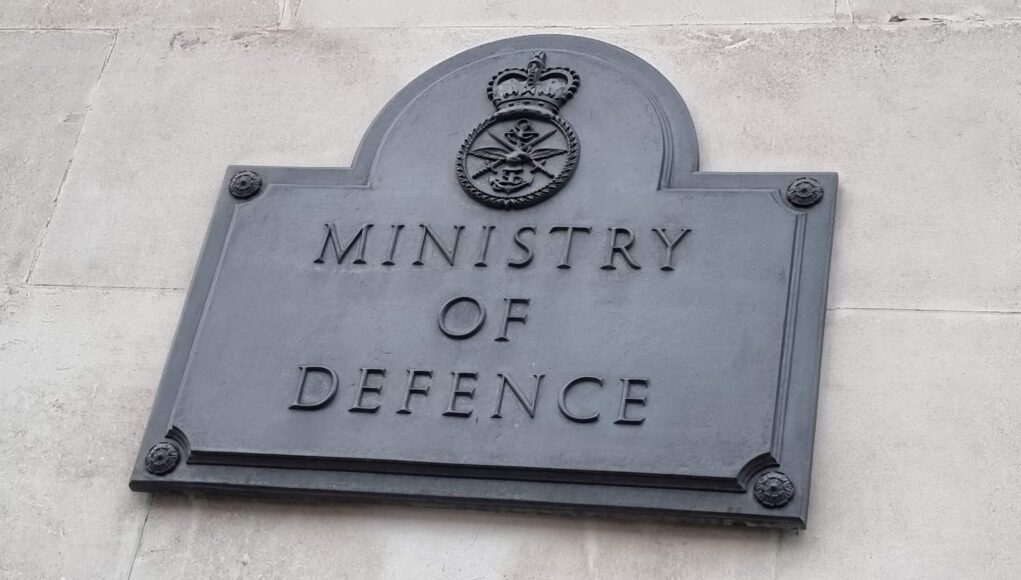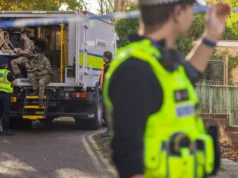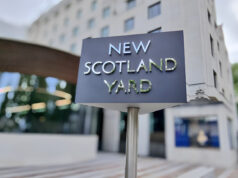The Ministry of Defence has confirmed that recruitment inflow into the Armed Forces has increased by 19% year-on-year, while outflow has decreased by 7%, as part of a wider effort to address longstanding recruitment shortfalls.
In a written response to a parliamentary question from Sarah Bool MP (Conservative, South Northamptonshire), Defence Minister Luke Pollard said these improvements follow several reforms introduced ahead of the Strategic Defence Review (SDR) 2025.
“The current Government inherited a crisis in recruitment and retention from the last administration,” said Pollard. He explained that SDR 2025 sets out a new approach to meet “the longstanding challenge of recruiting and retaining new generations with different requirements.”
Key measures include reducing the time between application and entry, alongside introducing “novel ways of entry into the Armed Forces that attract more people from a wider range of backgrounds.”
New short-term service schemes—described as “gap year” opportunities—are being developed by the Army and Navy. These are designed to provide skills training, apprenticeships, and hands-on experience across a range of roles.
Pollard said further announcements would follow the SDR’s publication, but highlighted existing efforts already underway: “We have introduced several initiatives to improve recruitment including pay increases for new recruits and existing personnel, the scrapping of outdated medical policies, the implementation of a direct-entry cyber pathway and the setting of ambitions to make conditional offers of employment and provisional training start dates in much shorter time.”
He added that the measures were already yielding results: “Year on year there are now increased applications to the Armed Forces, increased inflow by 19% – including exceeded recruitment targets by the Royal Navy – and at the same time we have reduced outflow by 7%.”














Good news. The army is in need of recruitment and retention stabilisation, and the RN will need to grow if it expects to support an expanded fleet.
It’s pretty criminal how incompetent the MOD are with tax payers money.
Even a simple look at the recruitment generates a 19% increase in inflow and a 7% decrease in outflow. How many mens lives and careers have been wasted so the brass could get a CAPITA contract.
Why can’t we say joining or leaving. Bloody corporate speak
So that’s 8 people in and 3 people out.
“They come and go all the time”.
Are white men allowed to apply again now?
@ Hugo
Please digest
…..including exceeded recruitment targets by the Royal Navy – and at the same time we have reduced outflow by 7%.”
Although the fact the economy is feuding to a halt at a frightening rate might be related to this?
I genuinely hope not, the deal for personnel hasn’t been massively sweetened so shouldn’t be driving much. Hopefully a lot is just down to improvements in process…
Downturns help without a doubt but it will need to be worse than simple economic contraction for a sustained improvement in numbers. 2008 and COVID didn’t exactly provide massive recruitment bumps nor help retention for very long. If economic conditions are pumping numbers over a sustained period it’ll be back to the good old days of “can’t afford electric and food at the same time” or “WOW, 3 meals and a shower, everyday!!!”.
Without getting into the usual arguments, looking purely at available housing stock and the fact that no government since the immediate post-war years has built enough homes; We are currently switching from using hotels to paying 15% over the odds to private landlords and using “surplus” student accommodation for immigrant housing, having absolutely nowhere to live will be a boon to recruitment.
There are plenty of available homes for people to buy – they just can’t afford them. In my village they built 2 new estates, and in at least one of them the house prices are £350k-£500k, which is much higher than the value of most existing houses in the village. Some of the new houses are still empty. It’s all in the hands of private developers who won’t fork out to re-develop existing sites (hence why Labour are quietly reclassifying and selling greenbelt land, which they’ve been doing for years even when the Tories were in power) and there is no incentive to build cheaper houses.
Ged, did you miss hearing about the above-inflation pay award?
Nope, it still isn’t a great deal overall. Pay, conditions, benefits, opportunity, work/life balance. Even with the increase none of those categories are standouts for potential joiners, or rather not enough on their own to justify a large bump in applications. The last category is never competitive.
It’s less poor of an offer than last year, which is progress and there’s promises of improvements elsewhere which is great. If the economy truly crashes with no hope for the future it’ll look better I suppose.
Or the increase in recruiting from commonwealth countries. Some stats are just never published 🤷🏼♂️
What’s our economy arguing about now.. these feuds need to stop 🤣😂
Resistance is Feudal !
“Number one, contact star fleet, we need all the supportive blokes we can get”.
At last, a bit of common sense creeping in. Let’s face it, the whole recruitment ‘problem’ over the years was mostly self inflicted.
Pollard says it’s all down to changes made prior to SDR. The MOD says the figures have improved year on year. Somebody isn’t telling the whole truth because they can’t both be right.
The problem for military recruitment is twofold. Firstly, successive governments have allowed anti-British voices to sound too loudly which puts people off from standing up for Britain, and secondly they’ve blocked people from applying in favour of chasing minority numbers. The minorities they’ve been chasing are never going to put their lives on the line for the UK, especially in the current climate of near-hatred towards Britain.
The whole situation in our country is utter madness, we live in an increasingly dangerous world, Britain’s enemies are gaining strength and experience every day, meanwhile we have been blocking people from applying, sacking soldiers and binning valuable equipment without replacement.
To me, the 7% improvement in retention is worth more than the improved admissions- we lose a lot of more experienced specialists etc. that would take years and a lot of cash to bring new starters up to the same level of skill and experience.
Well according to Radakin the other day on the defence select committee. RN and RAF recruitment has stabilised, however Army recruitment is still in free fall. He suggested they would lower the medical standards required.
Comb through the arriving asylum seekers for physically fit single men age 18-30 with basic English and some education (100,000+ a year?) . Offer these the choice between deportation or at least 7 years in the British Army, with a UK passport at the end. It would need only a 5% acceptance rate for the recruitment crisis to be solved. Of course HR lawyers and the courts would quickly put a stop to this nonsense. I’m amazed that somehow the Gurkha’s are still acceptable.